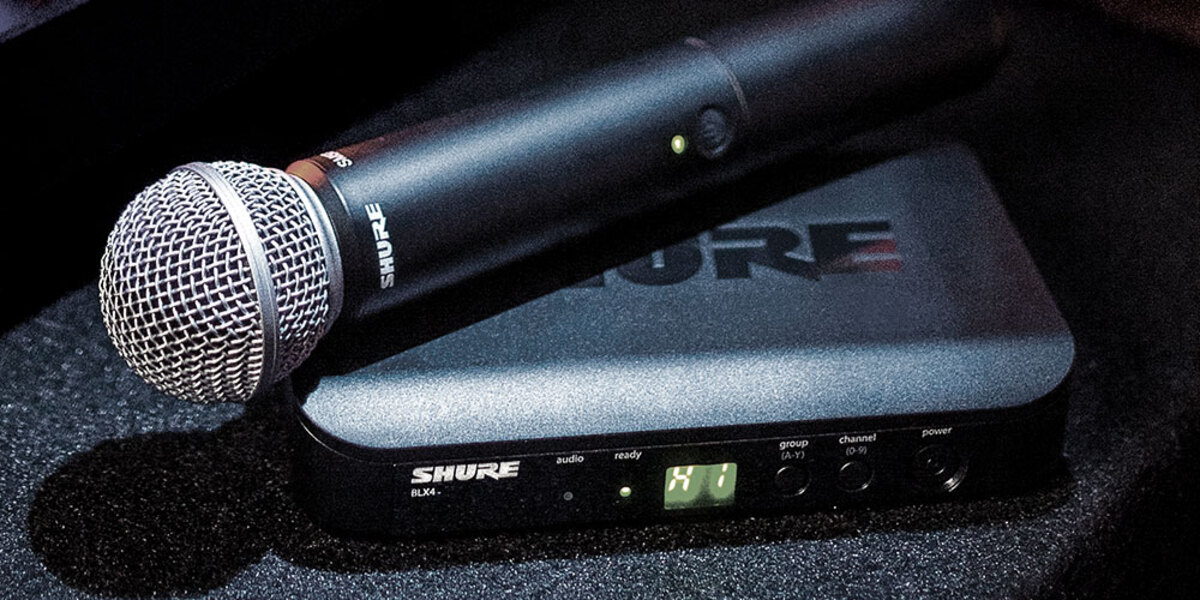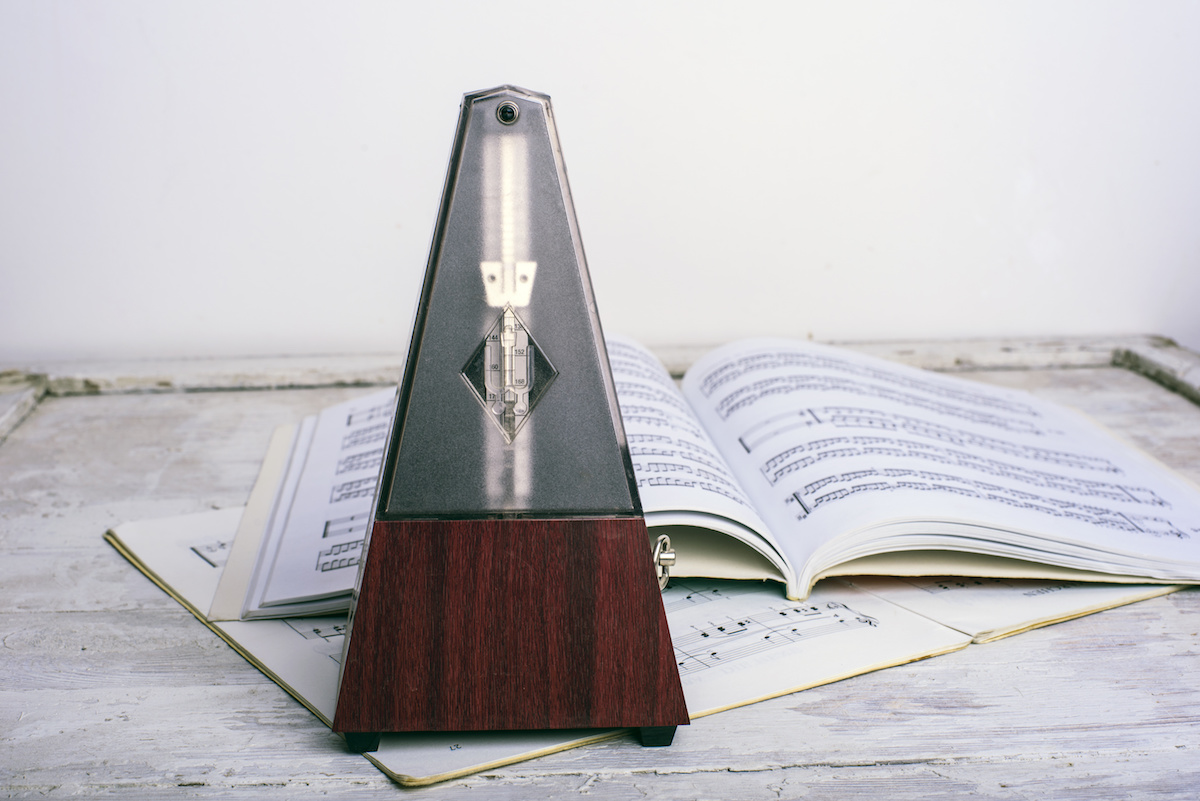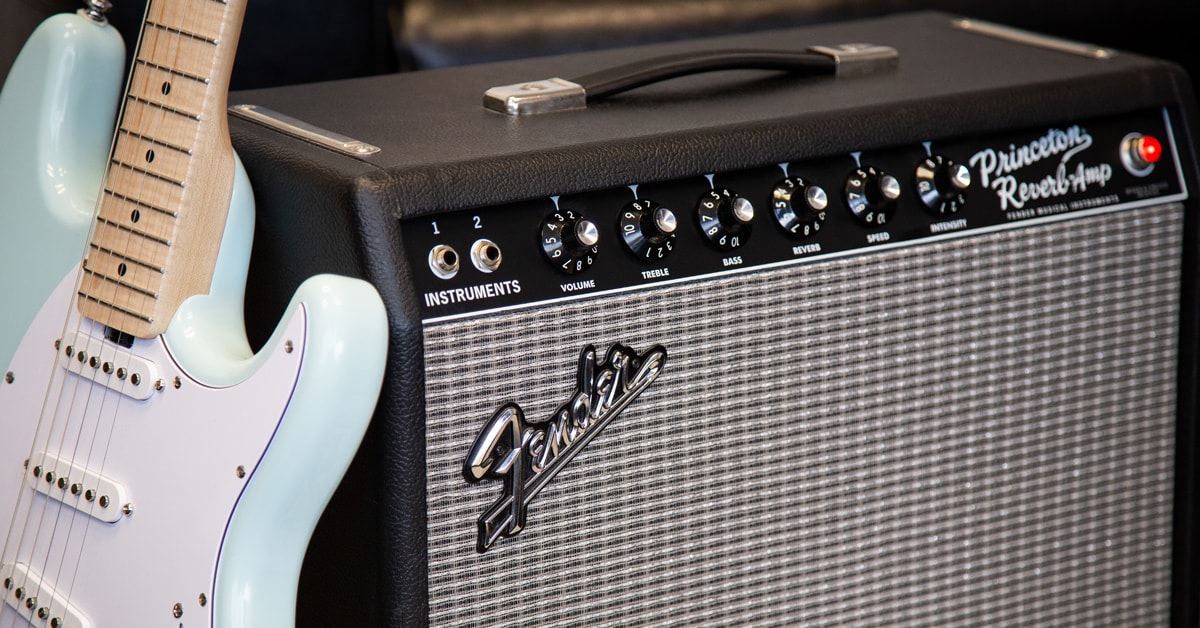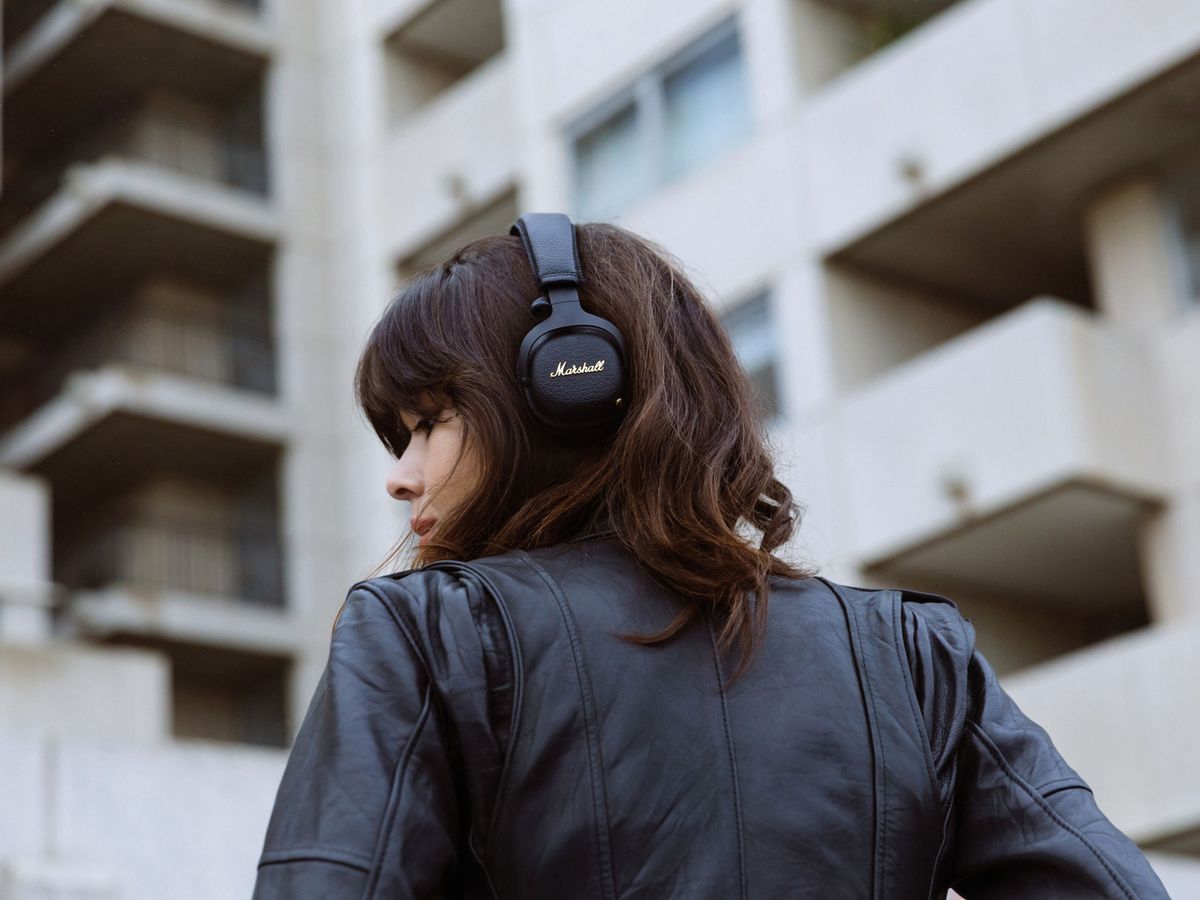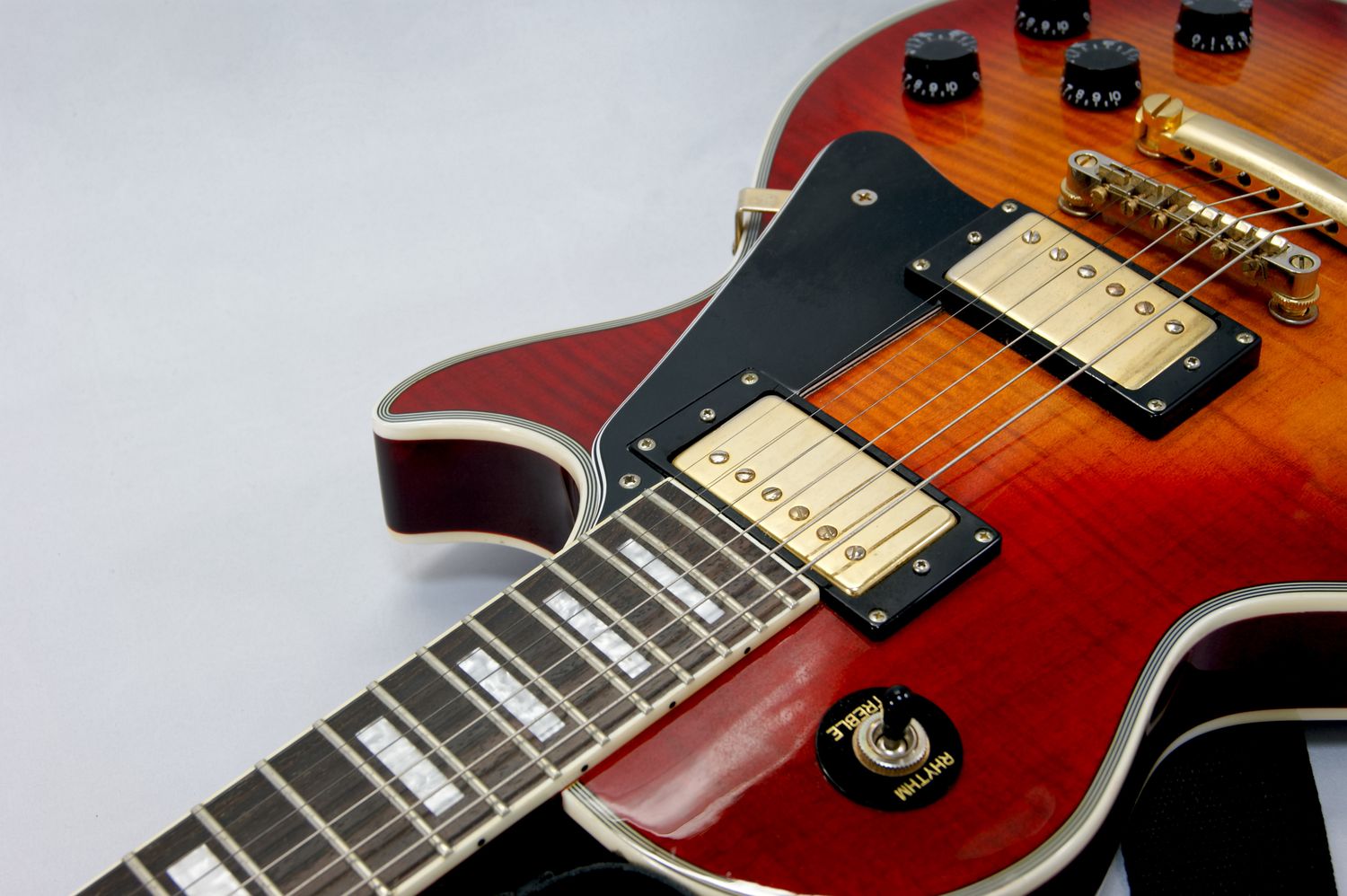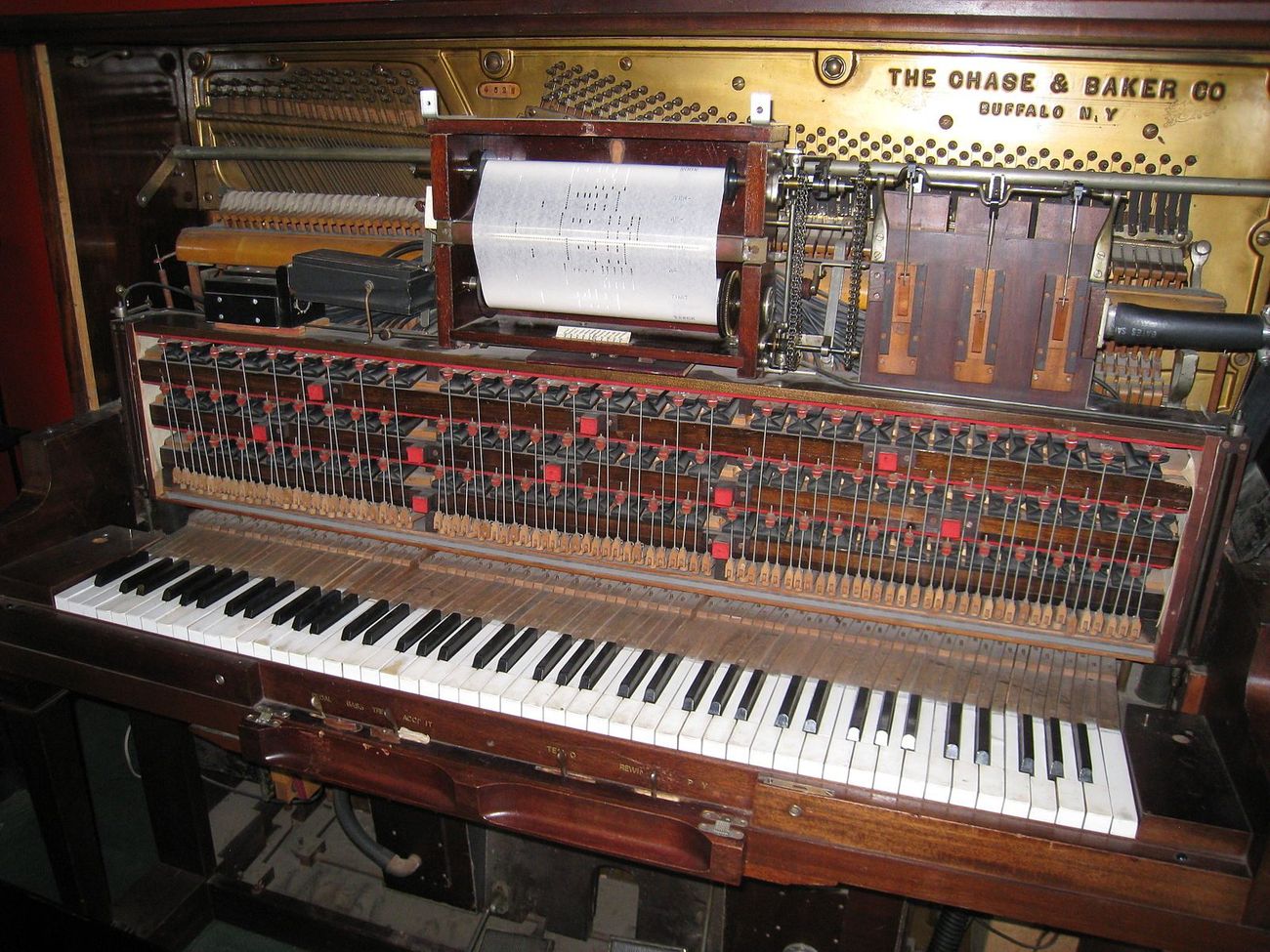Home>Devices & Equipment>Microphone>How Does A Parabolic Microphone Work


Microphone
How Does A Parabolic Microphone Work
Published: February 16, 2024
Discover how a parabolic microphone captures sound and amplifies it effectively. Learn about the technology behind this innovative microphone design. Gain insights into the working principles of parabolic microphones.
(Many of the links in this article redirect to a specific reviewed product. Your purchase of these products through affiliate links helps to generate commission for AudioLover.com, at no extra cost. Learn more)
Table of Contents
Introduction
The world of audio technology is a fascinating realm where innovation continually shapes the way we capture and amplify sound. Among the myriad devices designed for this purpose, parabolic microphones stand out as remarkable tools that have found diverse applications, from nature recording to surveillance and sports broadcasting. Understanding the principles and functionality of parabolic microphones can unveil the magic behind their ability to capture distant sounds with exceptional clarity.
In this article, we will delve into the inner workings of parabolic microphones, exploring the science of sound amplification and the specific mechanisms that enable these devices to excel in long-range audio capture. By gaining insight into the components, principles, and applications of parabolic microphones, readers will develop a comprehensive understanding of their significance in various fields.
Join us on this immersive journey into the world of parabolic microphones, where we will unravel the mysteries behind their functionality and discover the myriad ways in which they enhance our ability to perceive and record sound. Whether you are a sound enthusiast, a technology buff, or simply curious about the wonders of audio engineering, this exploration will provide valuable insights into the captivating realm of parabolic microphones.
Basics of Sound
Before delving into the intricacies of parabolic microphones, it’s essential to grasp the fundamental nature of sound itself. Sound is a form of energy produced by vibrations that travel through a medium, such as air, water, or solid materials. These vibrations create changes in pressure, which our ears can detect and interpret as sound. The frequency of the vibrations determines the pitch of the sound, while the amplitude affects its volume.
Sound waves propagate through the air in all directions, and when they encounter obstacles or surfaces, they exhibit various behaviors such as reflection, absorption, or diffraction. Understanding these principles is crucial for designing devices that can capture and manipulate sound effectively.
Moreover, the concept of directivity in sound plays a pivotal role in the functioning of microphones. Directivity refers to the microphone’s sensitivity to sound from different angles. Some microphones are omnidirectional, meaning they capture sound equally from all directions, while others, such as parabolic microphones, exhibit highly directional characteristics, focusing on capturing sound from specific angles or distances.
By comprehending the basics of sound and its behavior in different environments, we can appreciate the significance of specialized tools like parabolic microphones, which harness these principles to achieve remarkable audio capture capabilities.
Principles of Parabolic Microphones
Parabolic microphones operate on the principle of sound reflection and focus. The key component of a parabolic microphone is its parabolic dish, which resembles a concave mirror or dish antenna. When sound waves reach the dish, they are reflected and converge at a focal point, where the microphone element is positioned. This design allows the microphone to effectively capture and amplify sound from a specific direction, often over long distances.
The parabolic shape of the dish is crucial for its functionality. It enables the incoming sound waves to be reflected and concentrated, enhancing the microphone’s sensitivity and directivity. This focused approach allows parabolic microphones to isolate desired sounds while minimizing background noise, making them valuable tools in various applications.
Furthermore, the principles of physics governing the behavior of sound waves, such as reflection, refraction, and diffraction, play a significant role in the functionality of parabolic microphones. Understanding these principles is essential for optimizing the design and performance of these specialized audio capture devices.
By harnessing the principles of sound reflection and focus, parabolic microphones can pick up faint or distant sounds with exceptional clarity, making them indispensable in fields such as wildlife recording, surveillance, and long-range audio capture. The next section will delve into the components that constitute a parabolic microphone, shedding light on the intricate engineering behind these remarkable devices.
Components of Parabolic Microphones
A parabolic microphone comprises several essential components that work in harmony to capture and amplify sound with precision. The primary elements include the parabolic dish, microphone element, support structure, and audio output interface.
- Parabolic Dish: The parabolic dish serves as the core component of the microphone, featuring a concave shape that allows it to reflect and concentrate incoming sound waves. The size and curvature of the dish directly impact the microphone’s focusing ability and the distance over which it can effectively capture sound.
- Microphone Element: Positioned at the focal point of the parabolic dish, the microphone element is responsible for converting sound waves into electrical signals. The element is carefully selected for its sensitivity and directional characteristics, aligning with the focused nature of the reflected sound waves.
- Support Structure: The support structure, often comprising a handle or mount, provides stability and maneuverability for the parabolic microphone. It allows users to aim the dish accurately toward the sound source while maintaining a steady position for optimal audio capture.
- Audio Output Interface: This component facilitates the connection of the microphone to recording or amplification equipment. It may include standard audio connectors or wireless transmitters, enabling seamless integration with professional audio systems.
Additionally, some advanced parabolic microphones may feature integrated amplifiers or signal processing circuitry to enhance the captured audio signals before they are transmitted to external devices. These components collectively contribute to the functionality and versatility of parabolic microphones, catering to a wide range of audio capture requirements across different environments and applications.
How Parabolic Microphones Work
Parabolic microphones operate on the principles of sound reflection and concentration. When sound waves reach the parabolic dish, they are reflected and converge at the focal point, where the microphone element is positioned. This design allows the microphone to capture sound from a specific direction with exceptional precision and sensitivity.
As sound waves propagate through the air, they encounter the concave surface of the parabolic dish. The unique shape of the dish causes the incoming waves to reflect off its surface, converging at the focal point. This focused sound energy is then captured by the microphone element, which converts it into electrical signals for further processing and amplification.
The parabolic shape of the dish is critical for its functionality, as it enables the microphone to effectively isolate and capture sound from a targeted direction while minimizing the impact of ambient noise and interference. This focused approach makes parabolic microphones invaluable for applications requiring long-range audio capture, such as wildlife observation, sports broadcasting, and surveillance.
Moreover, the directional characteristics of parabolic microphones allow users to pinpoint specific sound sources within a given environment, making them indispensable tools for audio professionals and enthusiasts alike. Whether capturing the intricate sounds of nature or isolating specific audio cues in a crowded stadium, parabolic microphones excel in delivering clear and detailed audio recordings from a distance.
By harnessing the principles of sound reflection and concentration, parabolic microphones offer a unique and effective means of capturing distant sounds with exceptional clarity and fidelity. The next section will explore the diverse applications of parabolic microphones, showcasing their versatility and impact across various fields.
Applications of Parabolic Microphones
The versatility and precision of parabolic microphones make them invaluable across a wide range of applications, where capturing distant or faint sounds with exceptional clarity is paramount.
Nature Recording: In the realm of wildlife observation and nature recording, parabolic microphones enable researchers, naturalists, and sound enthusiasts to capture the subtle nuances of animal calls, bird songs, and environmental sounds from a distance without disturbing the natural habitat. This capability provides valuable insights into wildlife behavior and ecology, contributing to conservation efforts and scientific research.
Sports Broadcasting: Parabolic microphones are frequently employed in sports broadcasting to capture on-field action and ambient sounds with precision. From capturing the crack of a baseball bat to the roar of a cheering crowd, these microphones enhance the immersive experience for viewers, delivering dynamic and detailed audio that enriches the broadcasted content.
Surveillance and Security: Law enforcement agencies, security firms, and surveillance professionals utilize parabolic microphones for long-range audio monitoring and evidence gathering. These devices enable discreet audio capture from a distance, facilitating surveillance operations and enhancing situational awareness in security-sensitive environments.
Outdoor Events and Field Recording: Whether documenting outdoor performances, natural phenomena, or environmental sounds, parabolic microphones excel in capturing high-fidelity audio in open spaces. From music festivals to field recording expeditions, these devices offer a portable and effective solution for capturing immersive audio experiences in diverse outdoor settings.
Sound Engineering and Research: In the realm of sound engineering and acoustic research, parabolic microphones serve as valuable tools for capturing precise audio samples, conducting acoustic measurements, and analyzing sound propagation in various environments. Their directional capabilities and long-range sensitivity make them indispensable for studying soundscapes and conducting controlled audio experiments.
These diverse applications underscore the significance of parabolic microphones in fields where capturing distant or specific sounds with exceptional clarity is essential. Their ability to enhance audio capture in challenging environments and long-range scenarios makes them indispensable tools for professionals and enthusiasts seeking to explore the intricacies of sound across diverse contexts.
Advantages and Limitations of Parabolic Microphones
Parabolic microphones offer several distinct advantages that cater to specific audio capture needs, along with certain limitations that warrant consideration when utilizing these devices.
Advantages:
- Long-Range Audio Capture: Parabolic microphones excel in capturing distant sounds with exceptional clarity, making them invaluable for wildlife recording, sports broadcasting, and surveillance applications where long-range sensitivity is crucial.
- Directional Precision: These microphones exhibit highly directional characteristics, allowing users to isolate and capture specific sound sources while minimizing ambient noise and interference, enhancing the clarity and detail of recorded audio.
- Nature Observation: In the realm of wildlife and nature recording, parabolic microphones enable researchers and enthusiasts to capture natural sounds from a distance without disturbing the environment, providing valuable insights into wildlife behavior and ecology.
- Immersive Field Recording: For outdoor events, field recording expeditions, and environmental soundscapes, parabolic microphones offer a portable and effective solution for capturing immersive audio experiences in open spaces, enriching the depth and authenticity of recorded audio.
Limitations:
- Size and Portability: The physical size of parabolic microphones, particularly the larger models designed for extended range, can limit their portability and ease of handling in certain environments, posing logistical challenges for mobile recording setups.
- Wind Sensitivity: The concave design of the parabolic dish can make the microphone susceptible to wind noise, requiring additional wind protection measures to maintain audio clarity in outdoor or exposed settings.
- Narrow Focusing: While the directional precision of parabolic microphones is advantageous, their narrow focusing can limit the breadth of sound capture, necessitating careful aiming and positioning to capture a broader audio landscape.
- Cost and Specialization: High-quality parabolic microphones tailored for long-range applications can be relatively expensive, and their specialized nature may require specific expertise for optimal use and maintenance.
Understanding these advantages and limitations is essential for leveraging the capabilities of parabolic microphones effectively, ensuring that their unique strengths align with the intended audio capture requirements while addressing potential constraints inherent to their design and functionality.
Conclusion
The world of audio technology is enriched by the remarkable capabilities of parabolic microphones, which harness the principles of sound reflection and concentration to capture distant sounds with exceptional precision and clarity. From wildlife recording and sports broadcasting to surveillance and field research, the versatile applications of parabolic microphones underscore their significance in diverse fields where long-range audio capture is paramount.
By understanding the principles, components, and functionality of parabolic microphones, audio enthusiasts, professionals, and researchers gain valuable insights into the intricate art of capturing sound from a distance. The directional precision and long-range sensitivity of these devices open new frontiers for exploring the subtle nuances of nature, enhancing the immersive quality of audiovisual content, and facilitating critical audio monitoring and research endeavors.
While parabolic microphones offer distinct advantages in capturing specific sound sources over extended distances, their limitations, such as wind sensitivity and narrow focusing, underscore the importance of careful consideration and expertise in their deployment. Addressing these considerations ensures that the unique strengths of parabolic microphones align with the intended audio capture requirements, optimizing their performance across various environments and applications.
In conclusion, the captivating realm of parabolic microphones invites us to delve into the intricate interplay between sound, technology, and the natural world. As these devices continue to shape the landscape of audio engineering and exploration, their ability to unveil the distant melodies of nature, the dynamic energy of sports, and the subtle whispers of the environment reinforces their status as indispensable tools for capturing the essence of sound in its purest form.
Embracing the art and science of parabolic microphones opens doors to a world where the boundaries of audio capture are transcended, offering a symphony of distant voices and immersive experiences that enrich our understanding of the sonic tapestry that surrounds us.

